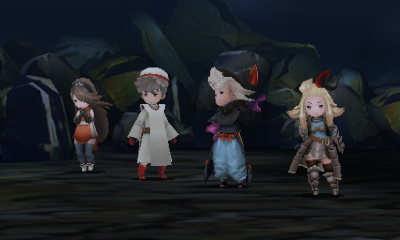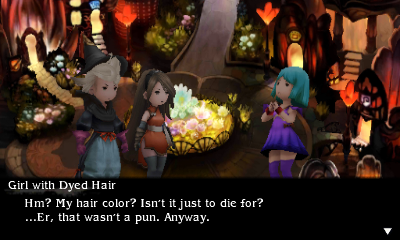(While I have taken care to avoid any obvious spoilers, some of the description may tip you off about what’s happening while watching in the anime, so take note of that)
Once in a while, you come across gem of an anime that attracts you with its premise and then just hooks you in till the end. Demi-chan wa Kataritai (or Interview with Monster Girls) was one such anime for me.
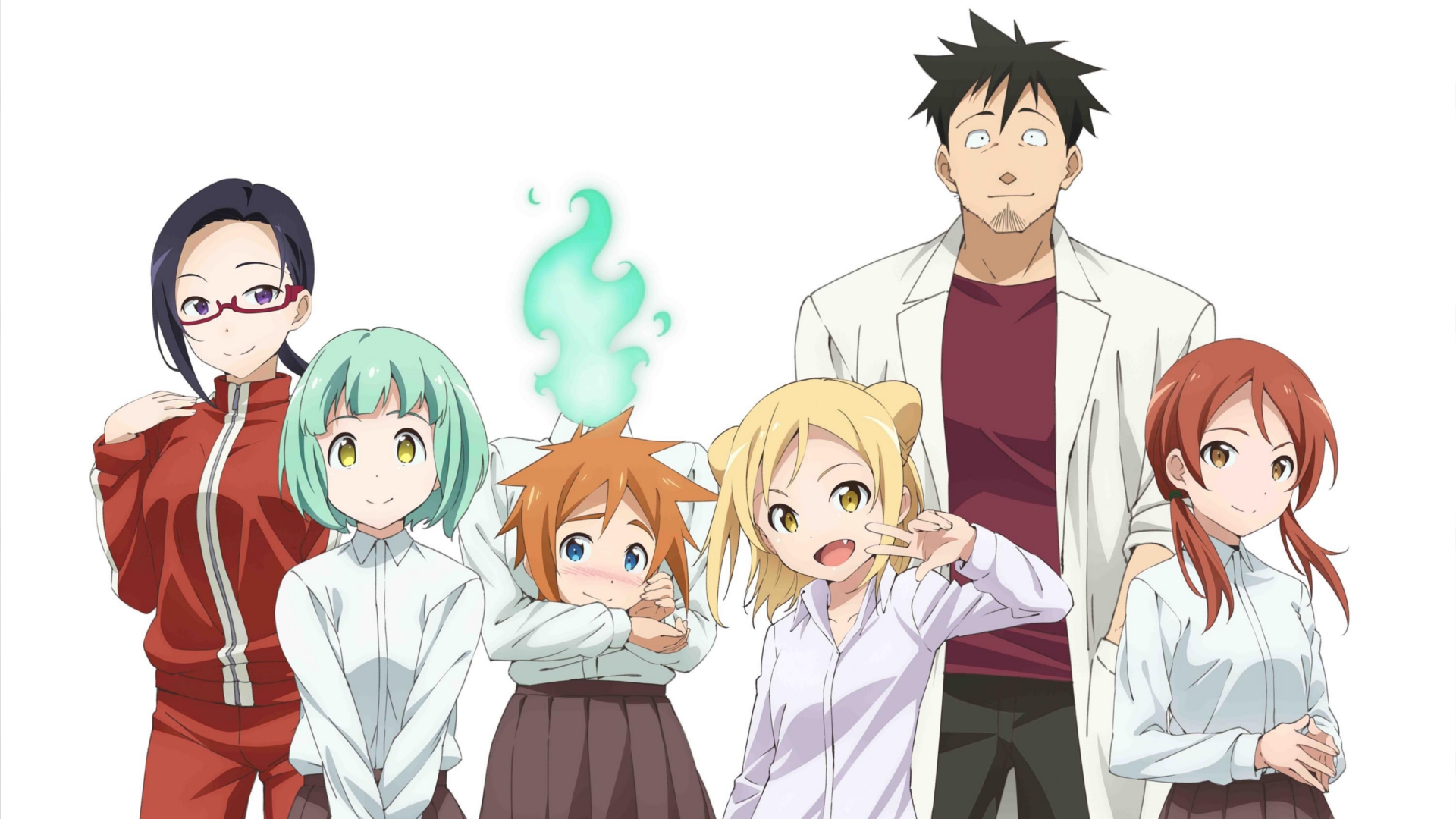
The premise of the show is a society where, demi-humans, or demis for short, who were historically persecuted, have now integrated into modern society and live alongside ordinary humans.
The show starts out with the central character, biology teacher Tetsuo Takahashi, who has a keen interest in demis but has never met one before, but due to fate being kind, runs across four demis in his school, them being the vampire Hikari Takanashi, the dullahan Kyouko Machi, the snow woman (or yuki-onna) Yuki Kusakabe, who are students and the succubus Sakie Sato, who is the maths teacher.
The story then revolves around Takahashi as he gets to know and understand each demi girl and her problems in an effort to help them fit into society.
![(720P - mp4)Demi-chan wa Kataritai (Dub) Episode 1.mp4_snapshot_10.06_[2017.10.08_20.17.46] Hikari Takanashi](https://falkoopablog.files.wordpress.com/2017/10/720p-mp4demi-chan-wa-kataritai-dub-episode-1-mp4_snapshot_10-06_2017-10-08_20-17-46.png?w=401&resize=401%2C225#038;h=225)
Hikari Takanashi
![(720P - mp4)Demi-chan wa Kataritai (Dub) Episode 2.mp4_snapshot_08.09_[2017.10.09_22.48.11] Kyouko Machi](https://falkoopablog.files.wordpress.com/2017/10/720p-mp4demi-chan-wa-kataritai-dub-episode-2-mp4_snapshot_08-09_2017-10-09_22-48-11.png?w=400&resize=400%2C225#038;h=225)
Kyouko Machi
![(720P - mp4)Demi-chan wa Kataritai (Dub) Episode 9.mp4_snapshot_12.13_[2017.10.09_01.27.53] Yuki Kusakabe](https://falkoopablog.files.wordpress.com/2017/10/720p-mp4demi-chan-wa-kataritai-dub-episode-9-mp4_snapshot_12-13_2017-10-09_01-27-53.png?w=401&resize=401%2C225#038;h=225)
Yuki Kusakabe
![(720P - mp4)Demi-chan wa Kataritai (Dub) Episode 7.mp4_snapshot_05.50_[2017.10.09_22.49.28] Sakie Satou](https://falkoopablog.files.wordpress.com/2017/10/720p-mp4demi-chan-wa-kataritai-dub-episode-7-mp4_snapshot_05-50_2017-10-09_22-49-28.png?w=400&resize=400%2C225#038;h=225)
Sakie Satou
Clockwise from top left – Takanashi, Machi, Kusakabe and Satou.
Even if the show resembles slice-of-life high school animes in many respects, including some of the humour and personality tropes that viewers would find familiar, such as the chatty and hyperactive Takanashi, the polite and formal Machi, insecure but giggly Kusakabe and Christmas cake Satou-sensei, there’s more to it than is obvious at first glance.
Each demi girl has her own set of problems that they struggle with (for instance, Yuki has a hard time on hot days, being a snow woman), which Takahashi tries his best to resolve, while advancing his own research on demi-humans. Takahashi is portrayed as kind and caring, always looking out for the demi girls and taking care of their special needs. The girls in return put their trust in him and come to depend on him as he seems to be the only one with whom they can confide in about their issues.
This relationship between the demi-girls and Takahashi is where the series truly shines, as through the lens of the demi-girls, it shows the very real issues people with disabilities in face in their daily lives; in their interactions with other people and going about their business.
The show confronts issues about identity and how hard it can be to come to terms with yourself and accept your nature. About how difficult it can be to talk to others about problems only you face. And the very real issue of being bullied by peers for being different; and all this is done with the sensitivity a deeply personal topic like it deserves. The show captures the challenges faced by people with special needs excellently, both from their perspective as well as the view of the people around them.
Moving on to her characters themselves, everyone will find the cast very relatable and charming. Takahashi is the kind of person many aspire to be, while the demi girl students are funny in their own ways – I could personally relate to Yuki’s tendency to crack at lame jokes. Hikari’s relationship with her sister Himari is source of humour as well emotional moments, while Machi excels at studies. Satou is usually the butt of jokes about adulthood, and then there are the minor characters of Kurtz, Ogaki and a circle of students, who make the show lively and play a role in the plot. Arguably, this maybe the only place where the show falters a bit, as the side cast, while distinct and important, don’t really get enough screentime for the viewer to care about them.
While not a true slice of life anime, it does borrow from the genre a lot and this manifests itself in the humour of the show. That said, the show incorporates the premise into its jokes quite well, so even the situational comedy feels fresh. Not to mention the puns often dropped about bloods, heads and ice – the dub is rife with those.
The series doea have a brief moment of crisis, which does touch on an important point about the message it seeks to deliver, however the way in which it is presented may lull the viewer to believe that the crisis is much deeper than it ends up being. Whether this is good or bad, I leave for the viewer to decide, it can be relieving for those not wanting to see it escalate or disappointing for those expecting drama.
Visually, the anime is pretty par for the course. It’s well animated and I didn’t notice any scene where the animation quality dips. The art style may remind you of Oreimo and Eromanga-sensei, but it is coincidental.
Lastly, like any anime, the show has its moments of fanservice, but even those are well integrated thanks to Satou being a succubus. So none of it feels tacky or distracting from the situation. The show wisely avoids any fanservice during its serious moments.
In conclusion,
Demi-chan is a excellently crafted show which delivers an important and touching social message about being sensitive to the needs of others through its premise. The main cast is sure to leave a mark on the viewer, as they begin to understand the unique needs of each character, while appreciating their individual personalities. All in all, the show is a beautiful and wholesome experience that also provokes the viewer to introspect. Hence I consider it a must-watch among the animes released this year.
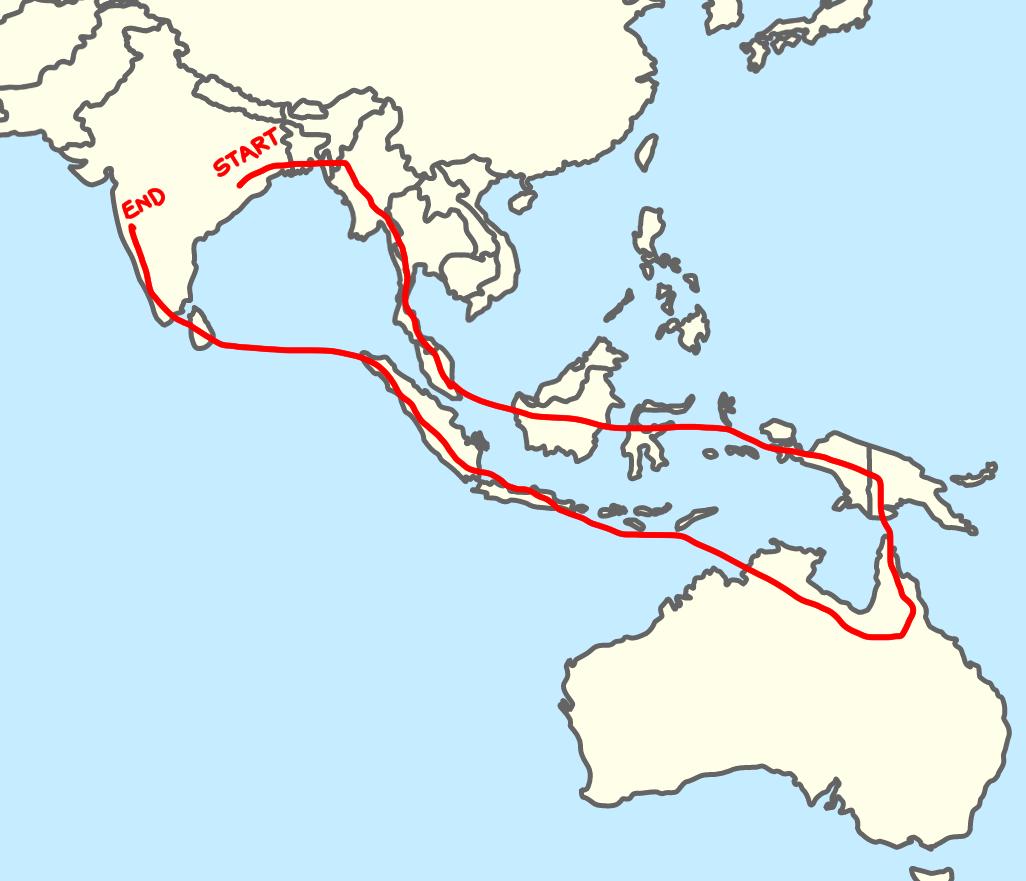

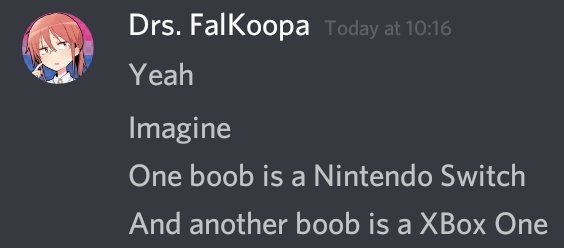


![(720P - mp4)Demi-chan wa Kataritai (Dub) Episode 1.mp4_snapshot_10.06_[2017.10.08_20.17.46] Hikari Takanashi](https://falkoopablog.files.wordpress.com/2017/10/720p-mp4demi-chan-wa-kataritai-dub-episode-1-mp4_snapshot_10-06_2017-10-08_20-17-46.png?w=401&resize=401%2C225#038;h=225)
![(720P - mp4)Demi-chan wa Kataritai (Dub) Episode 2.mp4_snapshot_08.09_[2017.10.09_22.48.11] Kyouko Machi](https://falkoopablog.files.wordpress.com/2017/10/720p-mp4demi-chan-wa-kataritai-dub-episode-2-mp4_snapshot_08-09_2017-10-09_22-48-11.png?w=400&resize=400%2C225#038;h=225)
![(720P - mp4)Demi-chan wa Kataritai (Dub) Episode 9.mp4_snapshot_12.13_[2017.10.09_01.27.53] Yuki Kusakabe](https://falkoopablog.files.wordpress.com/2017/10/720p-mp4demi-chan-wa-kataritai-dub-episode-9-mp4_snapshot_12-13_2017-10-09_01-27-53.png?w=401&resize=401%2C225#038;h=225)
![(720P - mp4)Demi-chan wa Kataritai (Dub) Episode 7.mp4_snapshot_05.50_[2017.10.09_22.49.28] Sakie Satou](https://falkoopablog.files.wordpress.com/2017/10/720p-mp4demi-chan-wa-kataritai-dub-episode-7-mp4_snapshot_05-50_2017-10-09_22-49-28.png?w=400&resize=400%2C225#038;h=225)

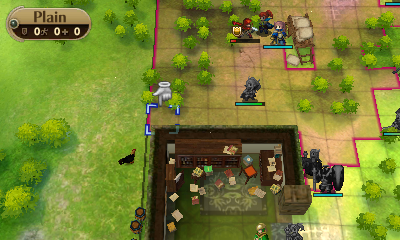


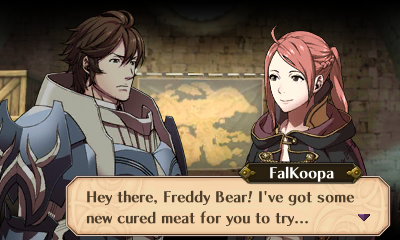
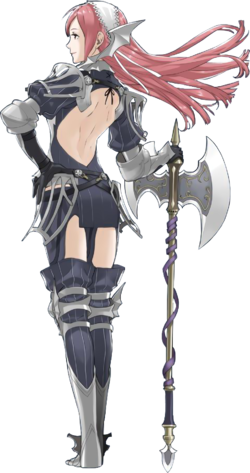
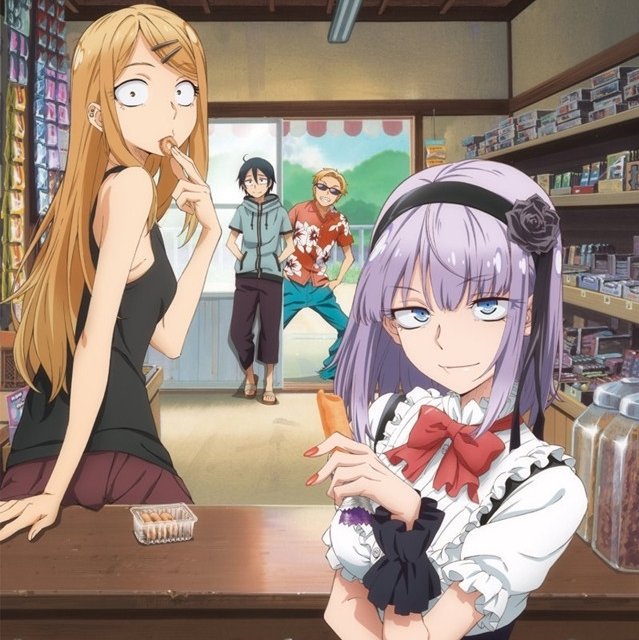
![[HorribleSubs] Dagashi Kashi - 06 [720p].mkv_snapshot_10.02_[2017.03.27_20.52.02] [HorribleSubs] Dagashi Kashi - 06 [720p].mkv_snapshot_10.02_[2017.03.27_20.52.02]](https://falkoopablog.files.wordpress.com/2017/03/horriblesubs-dagashi-kashi-06-720p-mkv_snapshot_10-02_2017-03-27_20-52-02.png?w=401&resize=401%2C225#038;h=225)
![[HorribleSubs] Dagashi Kashi - 07 [720p].mkv_snapshot_13.02_[2017.03.27_22.27.29] [HorribleSubs] Dagashi Kashi - 07 [720p].mkv_snapshot_13.02_[2017.03.27_22.27.29]](https://falkoopablog.files.wordpress.com/2017/03/horriblesubs-dagashi-kashi-07-720p-mkv_snapshot_13-02_2017-03-27_22-27-29.png?w=400&resize=400%2C225#038;h=225)
![[HorribleSubs] Dagashi Kashi - 08 [720p].mkv_snapshot_08.48_[2017.03.27_22.53.58] [HorribleSubs] Dagashi Kashi - 08 [720p].mkv_snapshot_08.48_[2017.03.27_22.53.58]](https://falkoopablog.files.wordpress.com/2017/03/horriblesubs-dagashi-kashi-08-720p-mkv_snapshot_08-48_2017-03-27_22-53-58.png?w=401&resize=401%2C225#038;h=225)
![[HorribleSubs] Dagashi Kashi - 09 [720p].mkv_snapshot_09.22_[2017.03.28_00.03.19] [HorribleSubs] Dagashi Kashi - 09 [720p].mkv_snapshot_09.22_[2017.03.28_00.03.19]](https://falkoopablog.files.wordpress.com/2017/03/horriblesubs-dagashi-kashi-09-720p-mkv_snapshot_09-22_2017-03-28_00-03-19.png?w=400&resize=400%2C225#038;h=225)



